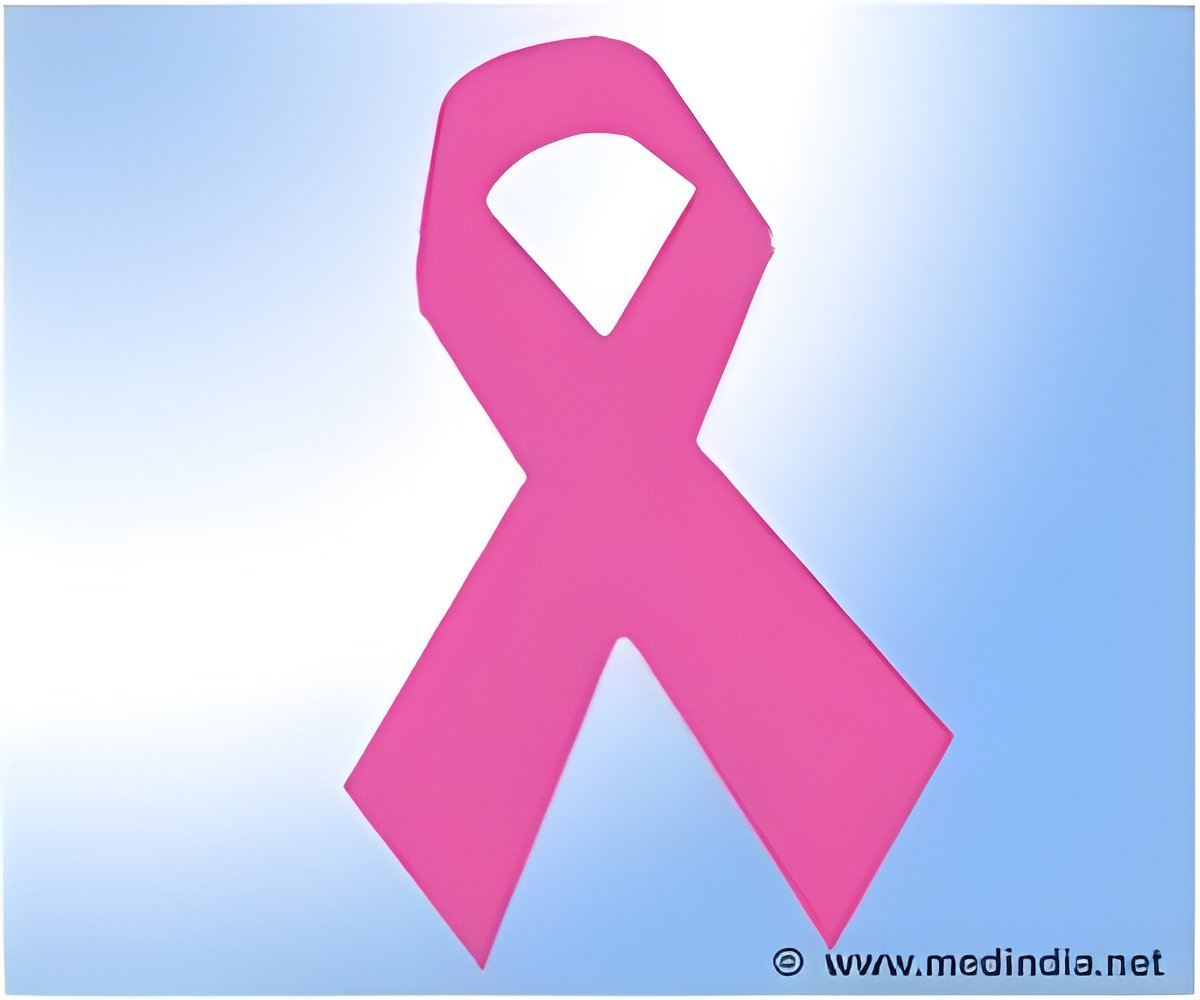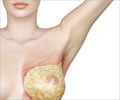
"We hope that our results help to develop tools to identify breast cancer patients when tumors are still small, and eventually curable," said Clarissa Gerhauser, Ph.D., a researcher involved in the work from the Division of Epigenomics and Cancer Risk Factors at the German Cancer Research Center in Heidelberg, Germany. "These tools might hopefully also help to predict the progression of tumor development and guide decisions on cancer treatment."
To make this advance, Gerhauser and colleagues extracted DNA from 10 small tumor tissue samples and 10 normal breast tissues from breast cancer patients. They made small fragments from the extracted DNA and identified the genetic switches within those fragments. By comparing the results from various combinations of DNA fragments, scientists discovered which switches were more prevalent in tumor tissue than in normal breast tissue. The methods used to quantify the switches are extremely sensitive, making it feasible that small biopsies would be sufficient for analysis and testing.
"This is a milestone. The method described detects activity at the genetic level, which often occurs well before any outward symptoms occur," said Gerald Weissmann, M.D., Editor-in-Chief of The FASEB Journal. "Not only could this allow for earlier diagnosis of breast cancer and more accurate risk assessment, but eventually, this technique might be used in other types of cancer as well."
Source-Eurekalert














